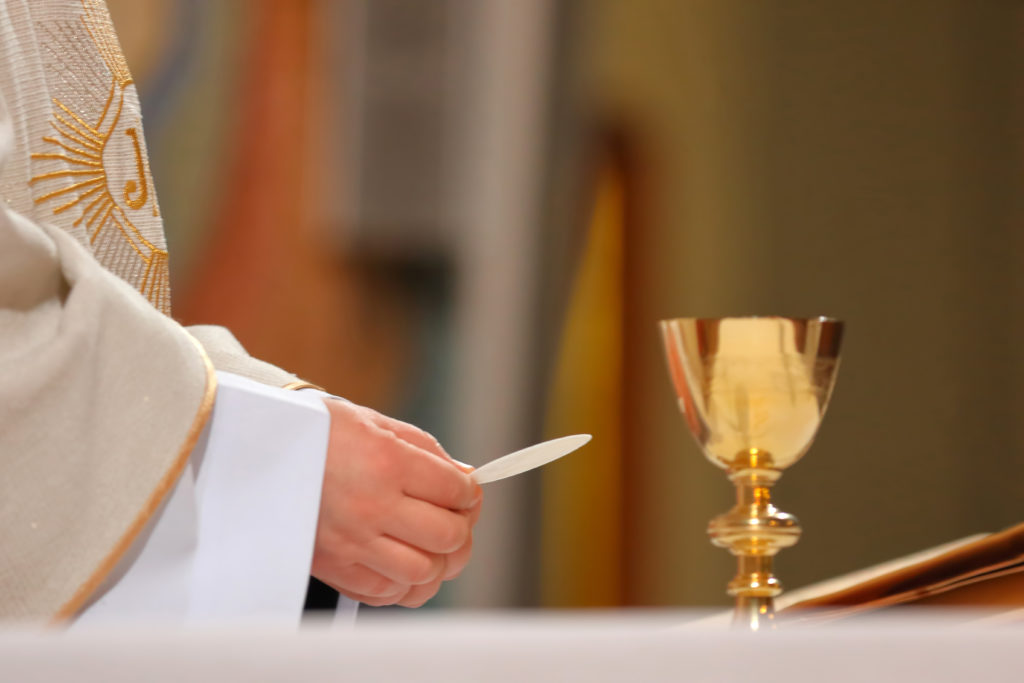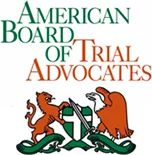
The Roman Catholic Church is a global spiritual entity, but in the United States, it is a network of nearly 200 individual archdioceses, dioceses, and parishes overseen and guided by the United States Conference of Catholic Bishops (USCCB). Each local group has a great deal of financial and decision-making autonomy. Because of this, they have responded in different ways to allegations of child sex abuse committed by clergy members and church employees.
Survivors filed 5,000 new sexual assault claims against the Catholic Church in 2019 and 2020, and the estimated cost to resolve those cases is more than $4 billion. Many of those lawsuits are in Louisiana, filed after investigations into churches, youth homes, orphanages, and other ministry organizations operated by the Archdiocese of New Orleans revealed shockingly common patterns of sexual abuse, collusion, and secrecy.
The Archdiocese of New Orleans recently exercised its autonomy by filing for Chapter 11 bankruptcy protection to not only preserve its assets but also resolve pending – and perhaps future – clergy sexual assault and abuse claims. Church officials need only look to other parts of the country for examples of how to treat survivors.
Extended Statutes of Limitations Have Opened the Floodgates to Clergy Abuse Claims
Prominent media coverage of clergy sexual abuse allegations in the 1980s and 90s led to nationwide investigations, both internally and by government authorities. Unfortunately, in many jurisdictions, the statutes of limitation had tolled, preventing authorities from bringing criminal charges against the alleged abusers.
Civil actions are different. Survivors of childhood sexual assault often have a longer window to file suits for monetary compensation against the alleged perpetrators and other individuals or entities that allowed or covered up the abuse. In the early waves of lawsuits, many potential plaintiffs could not recover damages because their abusers died before the filing or resolution. As the investigations progressed, however, evidence came to light that national and international Catholic Church authorities actively participated in covering up and enabling the abuse. Courts may also have discretion to push back filing deadlines in certain circumstances.
For example, Louisiana law allows ten years from the day an abused minor reaches adulthood or one year after the minor tells a parent about the abuse to initiate a civil suit. A court could extend this deadline if the individual repressed the memory of the abuse beyond the time allowed for filing.
Numerous states have extended or suspended their statutes of limitations. Called “window statutes,” the expanded periods have become popular in the era of the #MeToo movement and outcry over sexual abuse, harassment, and discrimination perpetrated by men in power.
Church Responses to Escalating Child Sexual Assault Lawsuits
As the number of sexual abuse allegations has ballooned, dioceses across the U.S. have reacted in different ways. Early on, individual dioceses often settled lawsuits out of court at their discretion and demanded nondisclosure agreements from plaintiffs in return. But once claims skyrocketed in the early 2000s, U.S. bishops countered with a coordinated, higher-level response.
The USCCB established uniform procedures for handling sex abuse allegations against lay teachers in Catholic schools, parish staff members, coaches, and others. After implementing a comprehensive program to eliminate sexual abuse, it independently audited each diocese for compliance with reporting and prevention requirements. The choice of how to respond financially to sex abuse lawsuits, however, remains a decision for each diocese.
Some dioceses in New Jersey, Colorado, Pennsylvania, and California have created compensation funds for survivors who agree not to take their claims to court. This option is faster, easier, and less invasive than litigation, but settlements are typically a fraction of the amount many survivors would likely recover at trial.
The benefits of bankruptcy have attracted Catholic dioceses to seek Chapter 11 protection. In a Chapter 11 proceeding, the organization seeking protection (the “debtor”) asks the court to help resolve its financial difficulties so it can remain operational rather than close its doors. A court representative values the debtor’s property, cash, holdings, and other assets, while also tallying all of its outstanding bills, debts, expenses, and other liabilities, including potential legal judgments. The court enters a plan that eliminates the organization’s debt at a reduced cost, with each creditor receiving only a portion of what they are owed.
Seen as an attractive solution to the rapidly growing number of sexual abuse claims, bankruptcy offers a controlled process for settling many lawsuits while enabling the Church to retain as many assets as possible. And bankruptcy offers the Church secrecy; different from civil litigation and trials in which testimony goes public, bankruptcy proceedings tend to produce quiet settlements of mass lawsuits and erect a barrier against new actions.
The Archdiocese of Portland in Oregon was the first to file for Chapter 11 bankruptcy protection to safeguard its assets and consolidate pending sexual abuse claims. More than 20 other archdioceses have done the same.
How Have Abuse Survivors Fared in Church Bankruptcy Settlements?
According to a Bloomberg Businessweek review of court filings in the past 15 years, the U.S. Catholic Church has shielded more than $2 billion in assets from abuse victims by pursuing bankruptcy protection. The investigation also detailed how archdioceses encouraged parishes to separately incorporate and partition their assets, while the archdioceses set up holding companies into which they transferred real estate. Meanwhile, Pennsylvania State University recently reviewed the bankruptcy outcomes of 17 dioceses and religious orders from 2004 to 2020, finding that survivors received an average settlement of $317,697.
By filing its own Chapter 11 petition, the Archdiocese of New Orleans ensured that all clergy sexual abuse lawsuits pending in Louisiana’s state courts would be consolidated. The bankruptcy judge will require that all potential claimants put their claims on the record by a particular “bar date,” after which they will likely lose the right to recover anything from the Church. While a group including abuse survivors have filed a motion to dismiss the bankruptcy, the Archdiocese has asked the judge to set a September 29, 2020 bar date.
Some dioceses have used mediation and alternative dispute resolution techniques to craft bankruptcy plans that the parties agree is fair to everyone involved. Others are embroiled in protracted, contentious proceedings like those in New Mexico. How the Archdiocese of New Orleans will approach the resolution of survivors’ claims and the amount of compensation survivors will obtain are yet to be seen.
Pursuing Justice for Your Claims: Contact a Clergy Abuse Lawyer Now
If you believe you have a claim against the Catholic Church for clergy sexual assault or abuse, contact the Lamothe Law firm immediately. We have represented many survivors in lawsuits against the Archdiocese of New Orleans and negotiated many significant recoveries.









